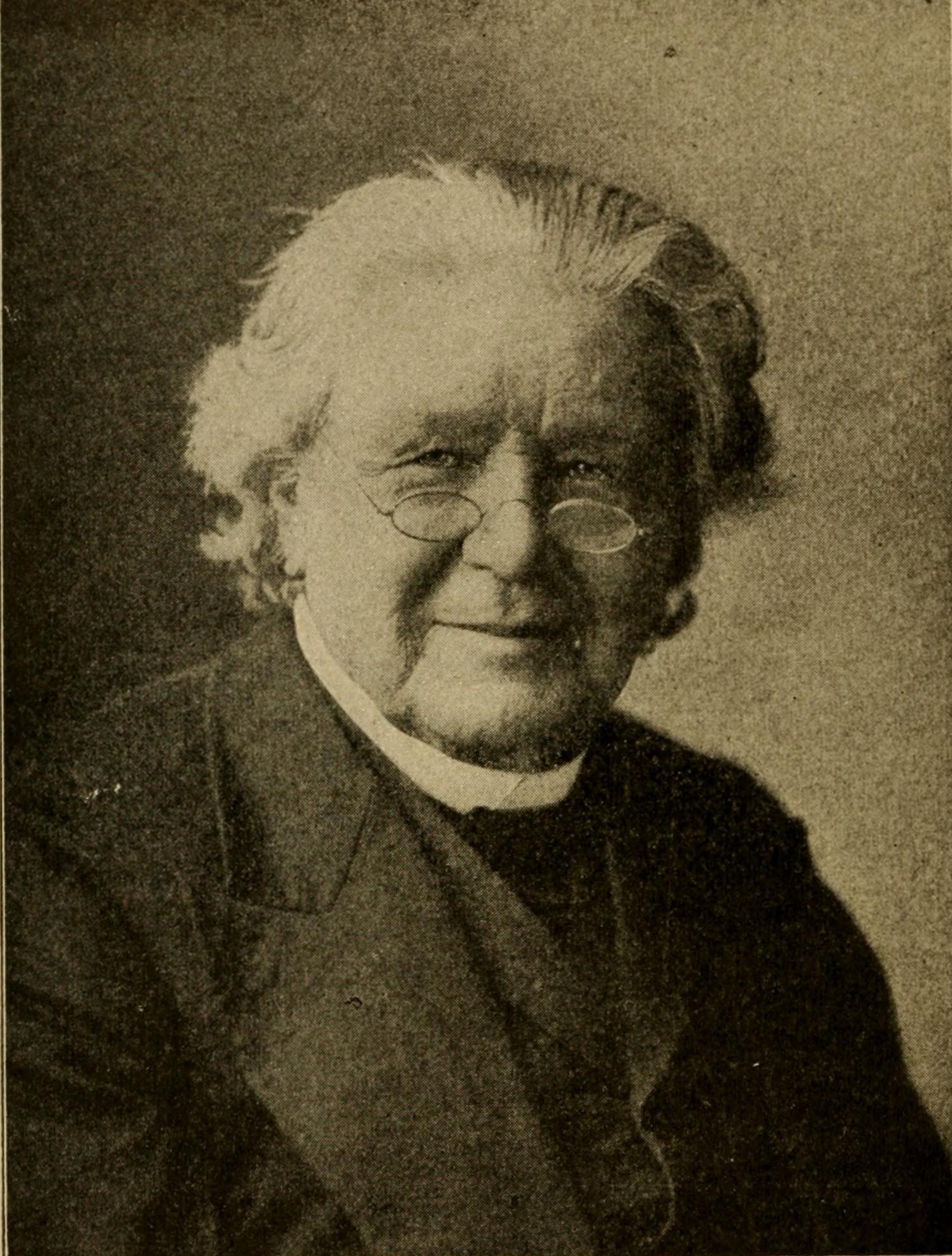Lorenzo Langstroth
Lorenzo Lorraine Langstroth (born December 25, 1810 in Philadelphia , Pennsylvania , † October 6, 1895 in Dayton , Ohio ) was an American pastor and has thoroughly researched and developed beekeeping with magazine hives .
Lorenzo Langstroth, originally from Philadelphia, came to beekeeping at the age of 40 as a pastor interested in insects . He devoted himself particularly to the further development of hive construction and published a number of beekeeping books. In the summer of 1851, he discovered the bees distance (bee space) of 8-10 mm and is from bee no longer with wax and propolis is overbuilt. It is the ideal distance between the honeycomb and the hive wall, with which unwanted obstructions can be prevented, which makes beekeeping much easier. In 1853 he presented a modular type of hive, later named after him, which is considered the archetype of modern magazine hive and quickly established itself in America. Modern bee-hive systems are regularly variations of his findings. His research results were first put into practice by Charles Dadant .
The Langstroth magazine is probably the most common prey system in modern beekeeping worldwide today.
See also
Web links
- Biography at magazinimker.de ( Memento from September 10, 2015 in the Internet Archive )
| personal data | |
|---|---|
| SURNAME | Langstroth, Lorenzo |
| ALTERNATIVE NAMES | Langstroth, Lorenzo Lorrain (full name) |
| BRIEF DESCRIPTION | American naturalist and beekeeper |
| DATE OF BIRTH | December 25, 1810 |
| PLACE OF BIRTH | Philadelphia Pennsylvania , United States |
| DATE OF DEATH | October 6, 1895 |
| Place of death | Dayton , Ohio , United States |
